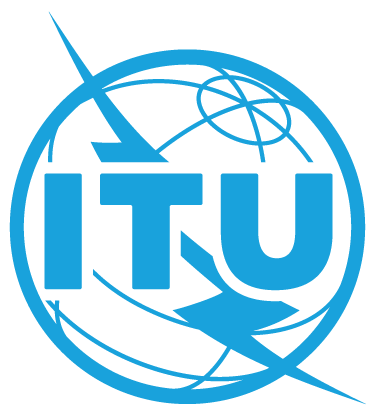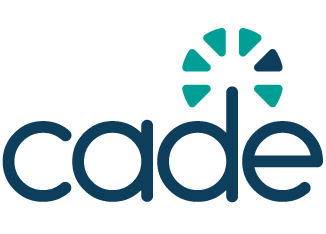Global connectivity improves, but inequalities persist, ITU index shows
The 2025 ICT Development Index confirms that the world is advancing toward universal and meaningful connectivity, but unevenly. While infrastructure and affordability have improved, digital inclusion still lags in many regions due to persistent usage gaps, affordability challenges, and limited data ecosystems.

The latest ICT Development Index (IDI) 2025, published by the International Telecommunication Union (ITU), offers a revealing look at the state of global connectivity in 2025. While average digital development scores continue to climb across most regions, deep inequalities remain between and within countries.
The IDI evaluates 164 countries on their progress toward universal and meaningful connectivity, a standard that includes not just infrastructure, but also affordability, usage, and digital access. The 2025 global average IDI score stands at 78.2 out of 100, up from 76 in 2024 and 74 in 2023. Yet the gap between the best- and worst-performing countries remains vast: 47 countries score above 90, while 20 remain below 50.
Africa advances fastest, Europe leads overall
Africa saw the fastest growth in digital development, with average IDI scores rising 16 percent since 2023. However, the region still trails globally with a regional average of 56. Europe leads with an average score of 91, followed by the Commonwealth of Independent States (CIS) at 88. Asia-Pacific, the Americas, and the Arab States all scored between 77 and 80, though each region includes both top-tier performers and countries far below global averages.
The report avoids ranking countries, focusing instead on absolute progress. ‘Connectivity is not a zero-sum game,’ the report notes. ‘All countries can progress, and success in one does not come at the expense of others.’
Affordability and usage remain key barriers
While mobile and broadband coverage has expanded widely, even in low-income economies, the actual use of the internet continues to lag. The gap is most visible in the universal connectivity pillar, where the global average is 72, compared to 83 for the meaningful connectivity pillar. This suggests that infrastructure is outpacing actual adoption, particularly in lower-income countries.
Affordability remains a significant barrier. Fixed broadband prices, for instance, remain prohibitively high in many low-income countries. The affordability score for fixed broadband in high-income economies averages 90, while in low-income economies it is just 23. Similarly, internet usage in high-income economies averages 92%, compared to only 25% in low-income nations.
Data coverage gaps a growing concern
Despite growing attention to digital development, data availability remains uneven. The 2025 index excludes seven countries from last year’s edition due to insufficient data, bringing total coverage down to 164 economies. In fact, almost 20% of the 2025 indicator values had to be estimated or imputed, raising concerns about the reliability of digital monitoring systems in several parts of the world.
Progress, but no room for complacency
The ITU’s report does offer some reason for optimism: most countries are advancing, and the global average score has grown by 6% since the introduction of the current methodology in 2023. Low-income countries, though starting from a lower base, recorded the fastest gains.
Still, the findings reinforce a clear message: closing the digital divide will require more than laying fibre or building towers. It demands inclusive policy, investment in digital literacy, and strategies tailored to the realities of different regions.


